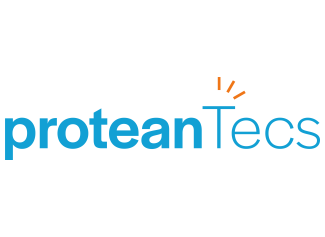Deep neural networks (DNNs), a subset of machine learning (ML), provide a foundation for automating conversational artificial intelligence (CAI) applications. FPGAs provide hardware acceleration enabling high-density and low latency CAI. In this presentation, we will provide an overview of CAI, data center use-cases, describe the traditional compute model and its limitations and show how an ML compute engine integrated into the Achronix FPGA can lead to 90% cost reductions for speech transcription.

Salvador Alvarez
- Salvador Alvarez is the Senior Manager of Product Planning at Achronix, coordinating the research, development, and launch of new Achronix products and solutions. With over 20 years of experience in product growth, roadmap development, and competitive intelligence and analysis in the semiconductor, automotive, and edge AI industries, Sal Alvarez is a recognized expert in helping customers realize the advantages of edge AI and deep learning technology over legacy cloud AI approaches. Sal holds a B.S. in computer science and electrical engineering from the Massachusetts Institute of Technology.
Achronix
Website: www.achronix.com
Achronix is a leading manufacturer of FPGA and eFPGA IP data acceleration solutions specifically tuned for high-performance AI and ML applications. FPGAs are paving the way for the next era in AI applications and the ubiquitous building blocks for AI deployments from the cloud, to the edge to IoT. Our revolutionary new 7nm Speedster®7t FPGAs and Speedcore™ eFPGA IP are optimized for high-bandwidth workloads and eliminate the performance bottlenecks associated with traditional FPGAs.
Delivering ASIC-like performance, Speedster7t FPGAs are highly configurable, highly flexible compute engines. Built with high-performance 112Gbps transceivers, high-bandwidth GDDR6 interfaces, and high-speed PCIe Gen5 ports, Speedster7t FPGAs provide the high speed data and memory interfaces necessary for AI/ML applications. The Speedster7t FPGAs also feature a new machine learning processor (MLP) which supports new AI/ML number formats such as block floating port and provides >80 TOPs performance.
Achronix’ Speedcore eFPGA IP brings the power and flexibility of programmable logic to ASICs and SoCs. Speedcore IP can be seamlessly integrated into a custom design and is the only eFPGA technology shipping in high-volume production today. With Speedcore IP, customers define both resource counts and mix for logic, embedded memory blocks, MLP, and DSP blocks at up to 90% cost savings vs. traditional standalone FPGA solutions.
Visit achronix.com to learn more about our FPGA technology optimized for AI/ML applications.



















